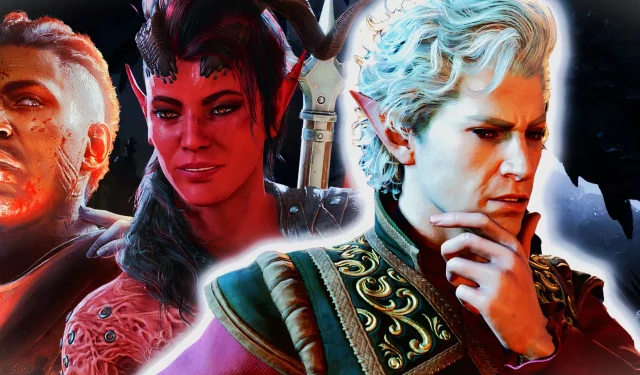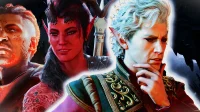While numerous video games have attempted to replicate the magic of Dungeons & Dragons, Baldur’s Gate 3 arguably stands out as the most successful adaptation. Its impressive success can be attributed to a rich cast of characters and a multitude of choices available to players. However, despite its many strengths, BG3 does exhibit shortcomings, particularly in the realm of character relationships, which can detract from the immersive experience.
After multiple playthroughs, I’ve begun to notice a significant limitation in the way the game handles party dynamics. Regardless of the relationships players forge with individual companions, there is a noticeable lack of genuine friendships among the characters outside of the player-driven narratives, especially past Act One. This absence leaves parts of Baldur’s Gate 3 feeling surprisingly barren and disengaging.
Limited Bonding Among Companions
Companion Development and Party Composition
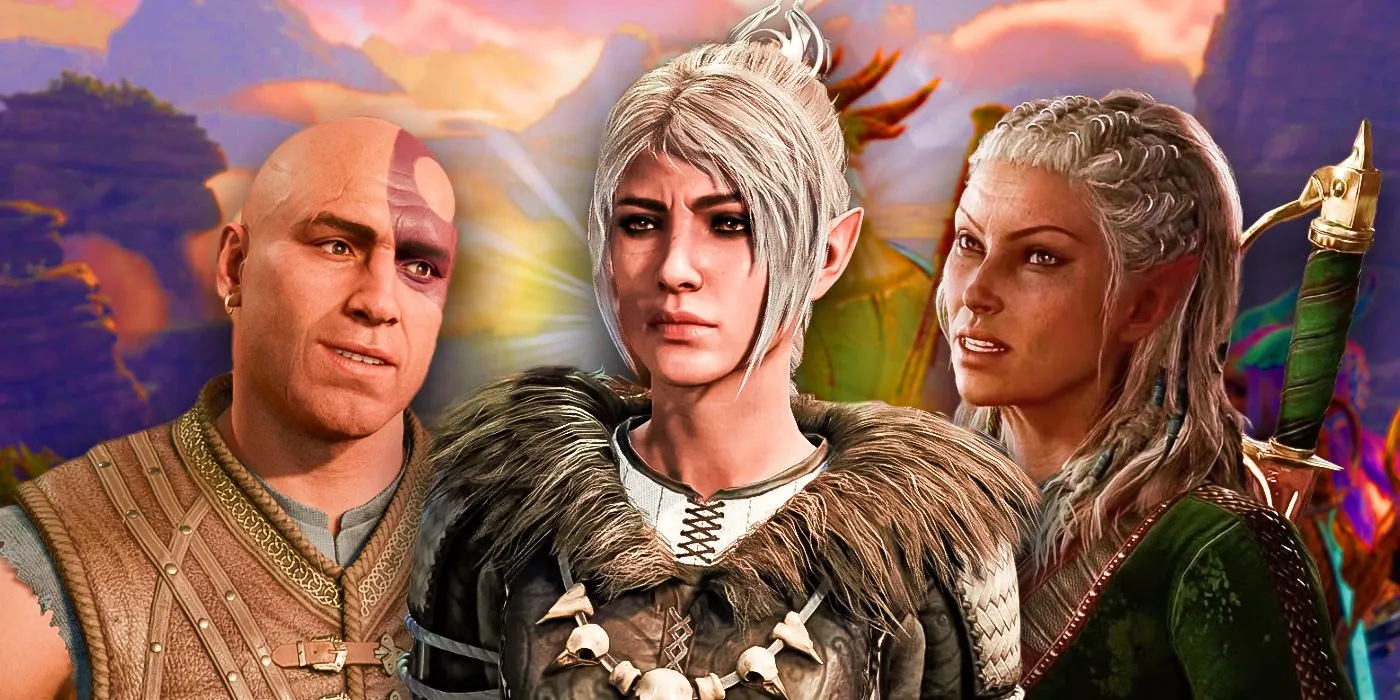
Dialogue exchanges, known as “banter,”occasionally occur when certain characters are present together in the party. However, beyond these sporadic interactions, there is a marked absence of friendships or deeper relationships among companions. For instance, despite Gale’s pivotal role in the storyline, one might struggle to articulate his dynamic with other party members. Attempting to initiate dialogue between two non-player characters usually results in rather mundane exchanges.
A fitting comparison can be seen in Dragon Age: The Veilguard, where companions can develop real romantic ties and have meaningful conversations that enhance the story. Admittedly, implementing this level of interaction in Baldur’s Gate 3 could have been challenging, given its open narrative. However, witnessing characters form connections independent of player influence could substantially elevate player engagement, especially concerning characters who are not active in the party.
Wyll and Karlach: A Great Yet Underdeveloped Friendship
Observations on Their Relationship
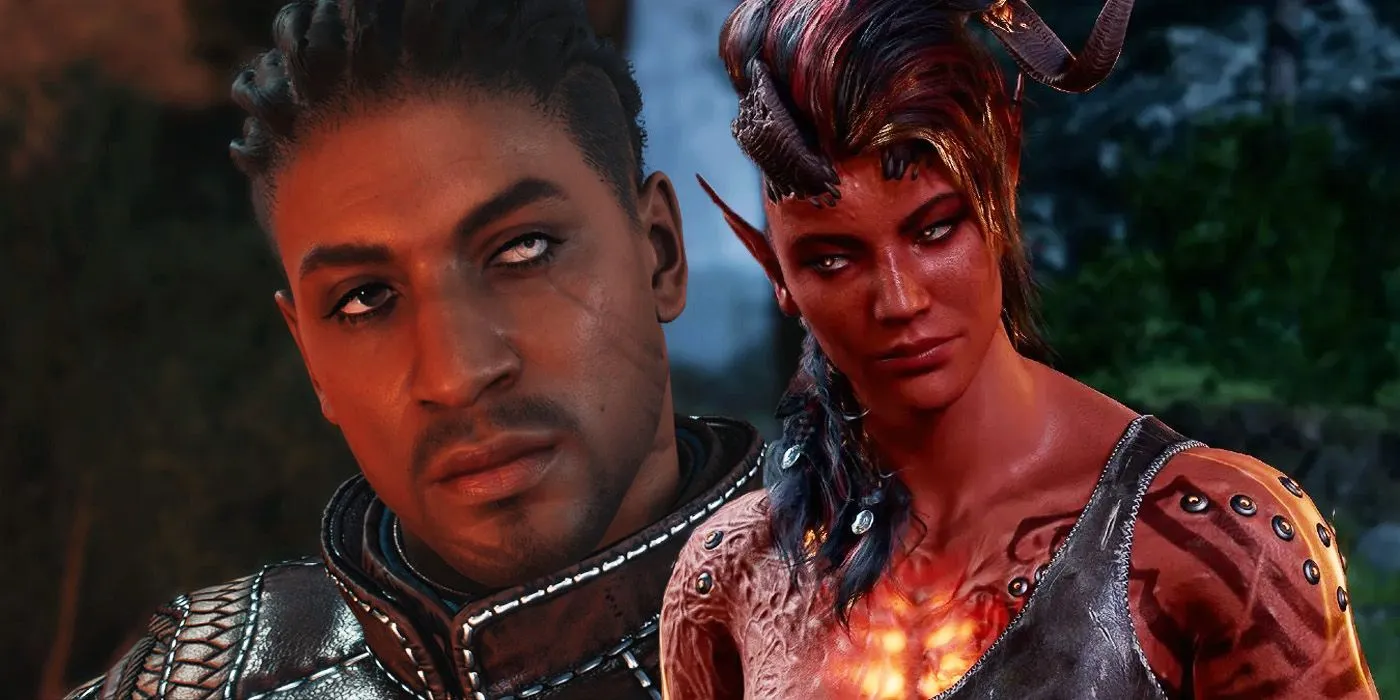
The most notable relationship in the game emerges between Wyll and Karlach. However, their bond matures only slightly as the game progresses, especially after Act One, where meaningful dialogues become scarce. Incorporating more individualized or group interactions could considerably enrich their connection. If players choose a darker path—including violent actions against the Emerald Grove—their relationship risks becoming even more shallow, limiting the impact of their development.
Choosing to eliminate Karlach rather than bringing her into the party completely precludes any relationship formation with Wyll. This may contribute to the perception that undertaking evil routes in BG3 feels unrewarding. If companions seem static within a heroic journey, the lack of content in villainous routes becomes even more pronounced. Exploring character dynamics like those between Minthara, Ascended Astarion, and Dark Justiciar Shadowheart could have provided players with more engaging options, particularly concerning moral choices.
Although Minsc can be encountered in Act Three, his recruitment hinges on having formerly brought Jaheria into the fold during Act Two. Minsc and Jaheria share the most organic friendship in the game. Nonetheless, since they are established characters from previous installments, there’s a noticeable disparity in depth compared to new relationships. Shadowheart and Lae’zel initially exhibit a compelling rivalry, yet even those dynamics fail to evolve or persist throughout the story, leaving players wanting for more engaging interplay.
Exploring Character Dynamics: Room for Improvement
Enhancing Engagement Through Animation
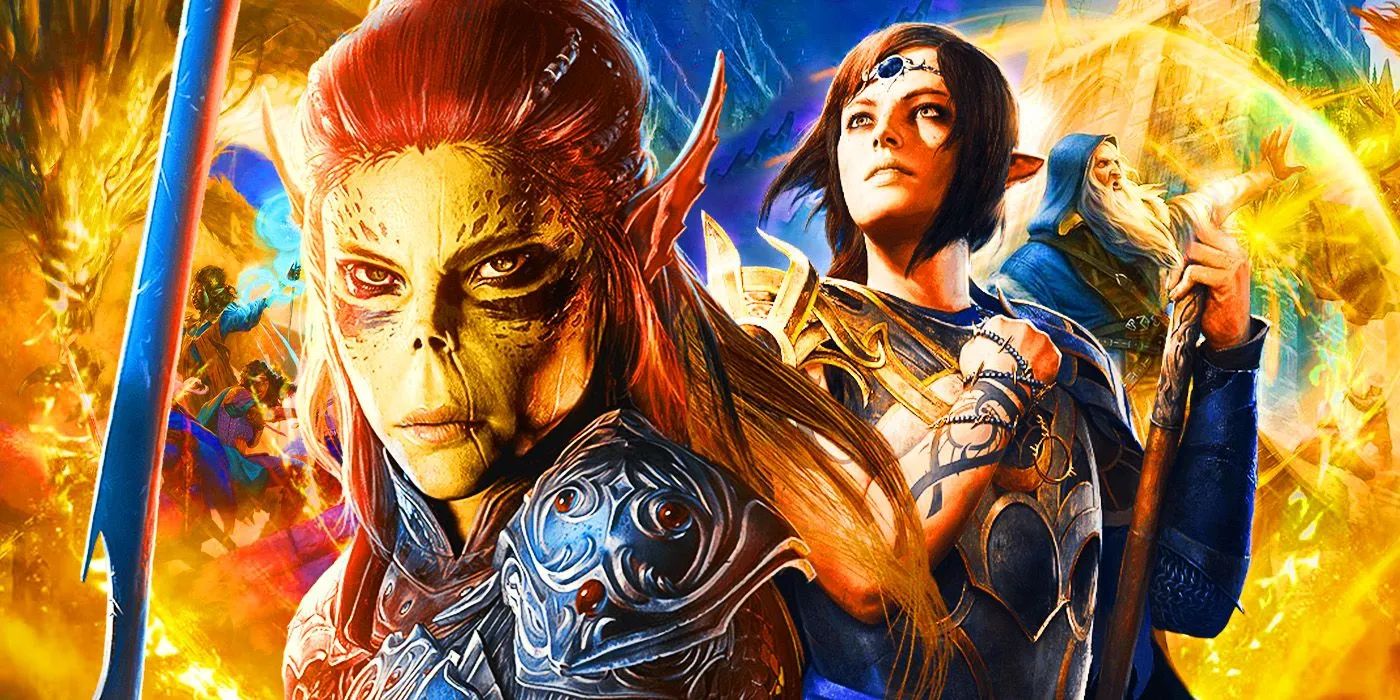
Baldur’s Gate 3 is an expansive game that excels in numerous aspects, but adding just a bit more could enhance the characters’ presence and vitality. Currently, while Lae’zel features a select few idle animations and Shadowheart can interact with pets, other companions frequently appear static in camp, merely waiting for player engagement. Incorporating simple interactions, such as characters sharing downtime together, could have significantly enhanced the ambiance of camp settings.
Larian Studios showcased a more interactive approach with the tiefling party, so it’s clear that similar mechanics could have been successfully applied to reduce the rigidity observed amongst companions during quieter moments.
Commentators on Reddit, like Duhbloons, have pointed out that the Elfsong Tavern campsite suffers from a lack of companion dynamics. Instead of engaging with the cozy space, companions seem awkwardly positioned, making them appear lifeless at times. It would be much more relatable to see characters lounging or engaged in casual conversation. As noted in Insektikor’s remark, this results in an almost “depressing”atmosphere for otherwise lively characters.
Comment by u/Duhbloons from discussion in BaldursGate3
Despite the game’s impressive attention to detail in many areas, the lack of vibrant companion interactions in camp feels like a missed opportunity. While it’s ultimately a minor flaw in a groundbreaking title, adjustments like these could prove invaluable for future installments or other D&D-based games, ensuring they prioritize deeper camaraderie and more engaging character dynamics in gameplay.
Sources: Reddit/Duhbloons, Reddit/Insektikor
